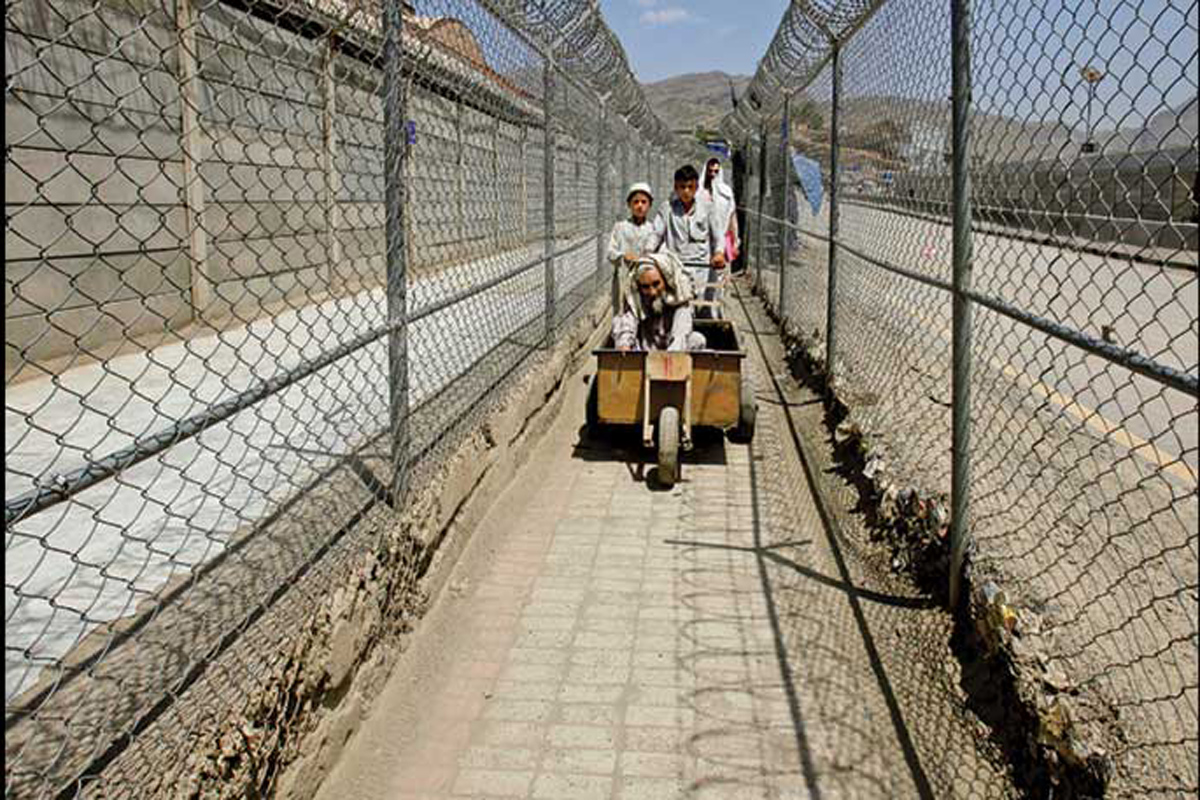Af-Pak impasse
Access to education for girls, protection of women’s rights, and an ethnically inclusive government are nowhere in sight in Afghanistan.
Pakistan-Afghanistan tensions along the border in Afghanistan’s western Nimroz Province remain high despite efforts by both sides to defuse the situation.

(File Photo)
Pakistan-Afghanistan tensions along the border in Afghanistan’s western Nimroz Province remain high despite efforts by both sides to defuse the situation.
The local Taliban commander reportedly rejected the Google maps put forward by Pakistani Army officials to assert their claim on the area. Afghans continued to object to the construction of border fencing and the creation of a new post.
Advertisement
The Pakistani officials maintained that the fence and post were necessary to tackle the increasing terrorist attacks in the area. Incidentally, the Pakistani Army was learnt to have cancelled all leaves of its troops deployed at the Pak-Afghan border in view of the continued armed clash with the Afghan forces.
Advertisement
The two countries have been at loggerheads over the nearly 2,400 kilometres of Durand Line which has always been a matter of conflict and chaos between the two sides especially after Pakistan started erecting fences on the line.
The flare-up of the Durand line disagreement has the potential to lead to a change of equations between Afghanistan and Pakistan.
It is surprising that much before the Taliban-led regime in Kabul completes one year in office, Pakistan and its western neighbour Afghanistan are falling apart.
That arbitrary line which Mortimer Durand drew in 1893 on a small piece of paper continues to bleed Afghanistan and hound the world.
The Durand Line passes through the present-day Pakistani provinces of Khyber Pakhtunkhwa (NWFP), Federally Administered Tribal Areas (FATA) and Balochistan. It also includes 10 provinces in Afghanistan.
Advertisement